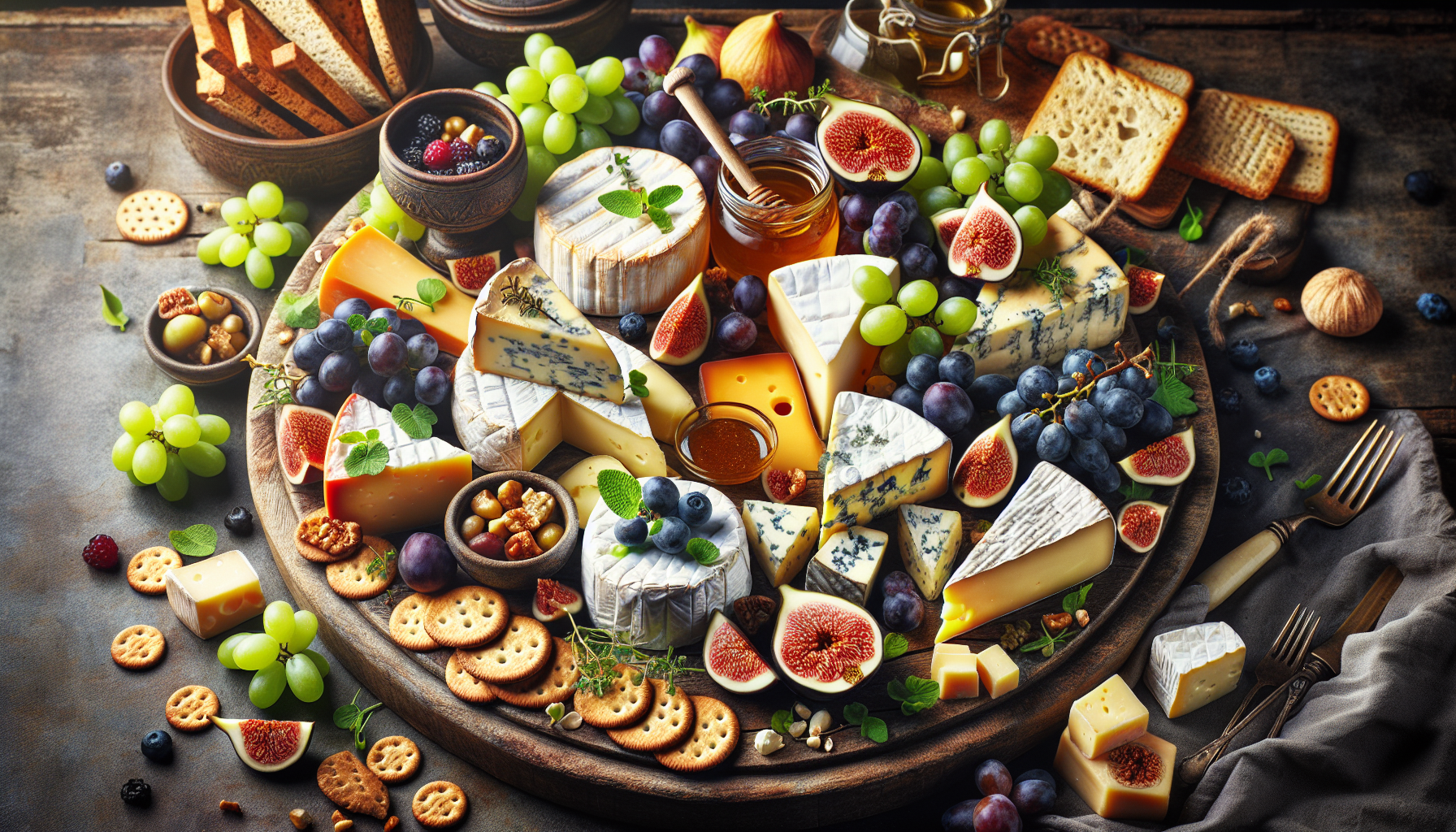The Cheese Chronicles: How to Build a Delightful French Cheese Plate
Cheese occupies a cherished place in the hearts (and stomachs) of Americans, featuring prominently in dishes like mac and cheese, pizza, burritos, and sandwiches. However, cheese as a standalone experience is a culinary delight that doesn't always get its due attention stateside. In France, the culture around cheese leans heavily towards savoring it in its purest form—no crackers, no bread, no additional accoutrements. This approach is driven by a deep-seated cultural appreciation for cheese.
Enter John Montez, a certified cheese professional from the renowned Murray's Cheese in New York, who encourages cheese aficionados to embrace the French way of indulging in cheese. According to Montez, "The best way to learn about cheese is to eat cheese." If you’re ready to enhance your cheese plate game, here are some tips and a sprinkling of French fromage recommendations.
Crafting the Ultimate Cheese Plate: Tips and Flavor Combos
-
Odd Numbers Rule: Montez suggests choosing three to five cheeses, opting for odd numbers as they tend to be more visually appealing. A classic spread could include Comté, Brie, and Roquefort, providing a mix of hard, soft, and blue textures.
-
Textured Variety is Key: Aim for a balance—something hard or semi-firm, a creamy soft cheese, and a pungent blue. Delve further into flavor profiles by experimenting with goat, sheep, and cow milk cheeses.
-
Season Matters: Cheese, much like all good things, thrives in season. In Spring or Summer, a simple fresh goat cheese makes a delightful choice. In colder months, heartier varieties like Brie or Camembert are more suitable.
-
Temperature and Storage: Cheese flavors blossom at room temperature. Serve it freshly bought from a cut-to-order shop and avoid refrigeration to preserve its intended flavors and textures.
-
Leftovers Deserve Love: Opt for cheese paper or parchment to wrap leftovers, avoiding plastic as it traps moisture and alters the cheese’s flavors.
Cheese Highlights Worth Tasting
-
Hard Cheeses: Alpine cheeses like Comté steal the spotlight. For something with rustic charm, Tommes de Savoie offers a tangy bite with its craggy rind.
-
Blue Cheeses: Roquefort is a staple, but Bleu D'Auvergne and the unique 1924 Bleu offer milder and mixed milk variations respectively.
-
Soft Cheeses: Opt for Loire Valley's chèvre for a fresh taste. For oozy delights, the Murray's house brand Brie Fermier is a savory, fermented treat. Rounding out the softness, a triple crème like Brillat Savarin provides an ultra-creamy option.
Exploring the Untasted Realms in France
If you find yourself in France, take the opportunity to indulge in cheeses like unpasteurized Camembert de Normandie or the rare St. Marcellin, often unavailable in the U.S. due to raw milk laws.
Gastronomic Pairings and Accoutrements
Pair your cheese with a regional French wine for a delightful tasting experience. For the adventurous, even spirits like Scotch can highlight unexpected cheese flavors. Add-ons are simple—a baguette suffices to complement, while a light honey or preserved fruit enhances the cheeseboard.
Ultimately, the focus of a French cheese plate should be the cheese itself. Embrace the simplicity and unparalleled flavor of cheese in its authentic form, perhaps mirroring Montez's sage advice: There’s nothing wrong with eating just straight-up cheese.
References:
